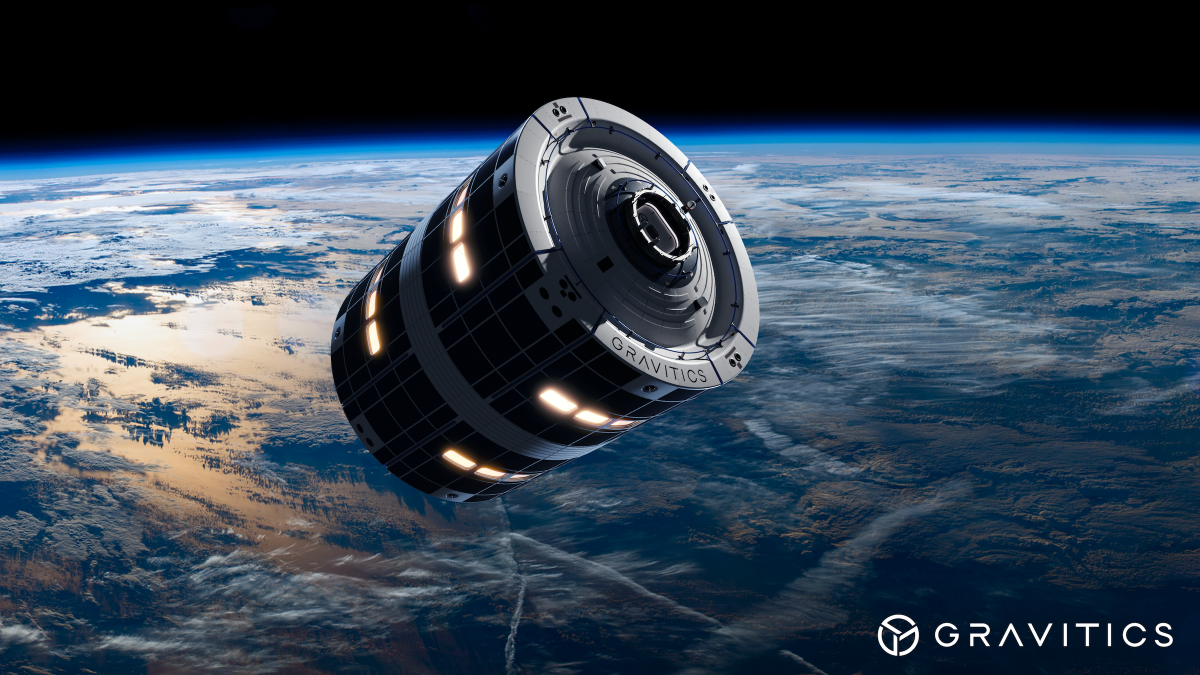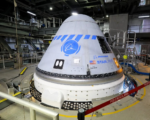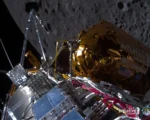The space industry is eagerly anticipating the transformative impact of SpaceX’s Starship, Blue Origin’s New Glenn, and other heavy-lift rockets. These vehicles are expected to facilitate larger spacecraft, which could significantly advance human space exploration beyond the current limitations imposed by smaller payloads.
However, a critical challenge has emerged: the existing spacecraft testing protocols are primarily geared towards payloads up to 4 meters in diameter. This poses a significant hurdle for companies like Gravitics, which is developing space station modules ranging from 4 meters to an expansive 8 meters in diameter. These larger modules are envisioned as pivotal components for the next phase of space exploration.
In response to this challenge, Gravitics has taken proactive steps. Recently, the company announced a new partnership with NASA aimed at addressing the deficiencies in testing and qualification methods for larger spacecraft. These qualification tests encompass crucial aspects such as thermal endurance, vacuum conditions, vibration resilience, and acoustic performance. Such tests are essential to ensure that spacecraft can withstand the rigorous demands of launch and the harsh environment of space.
The development of robust testing methodologies and standards for large spacecraft assumes heightened importance, especially as private companies gear up to populate low Earth orbit with new generations of private space stations. With the enhanced payload capabilities of upcoming heavy-lift rockets, these companies are likely to depart from NASA’s traditional approach of assembling space stations incrementally over years. Instead, they intend to deploy a smaller number of substantially larger modules in fewer missions, streamlining the construction and operational phases significantly.
In essence, the collaboration between Gravitics and NASA underscores a crucial step towards adapting the space industry’s infrastructure and capabilities to accommodate the era of larger spacecraft. This evolution promises to open new horizons for human space exploration and commercial space ventures alike.














